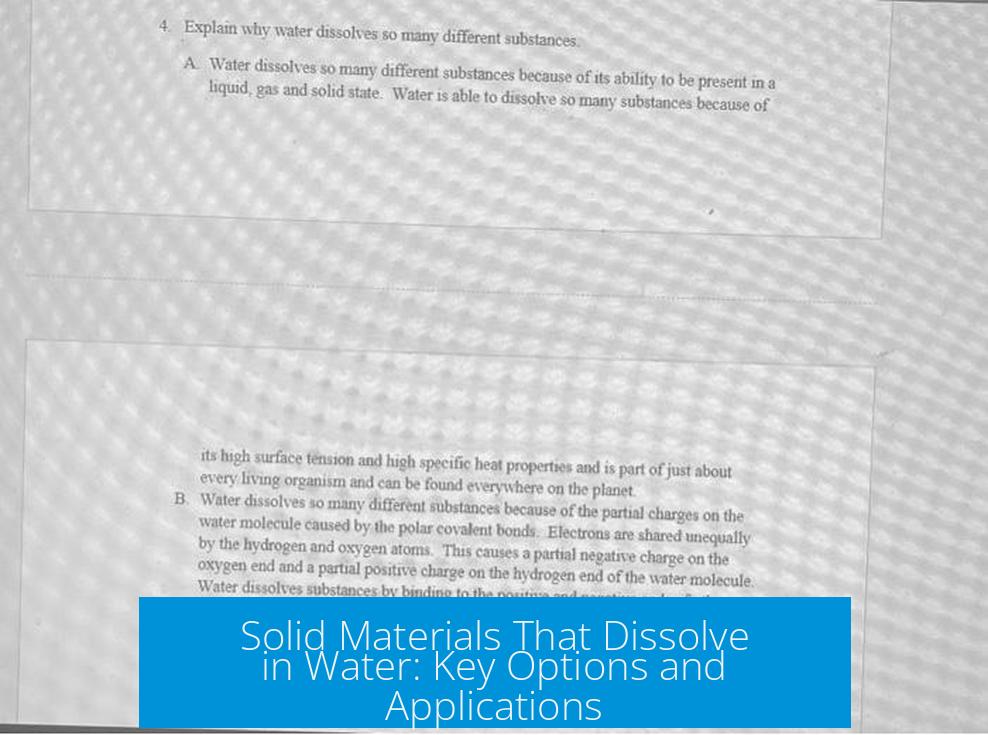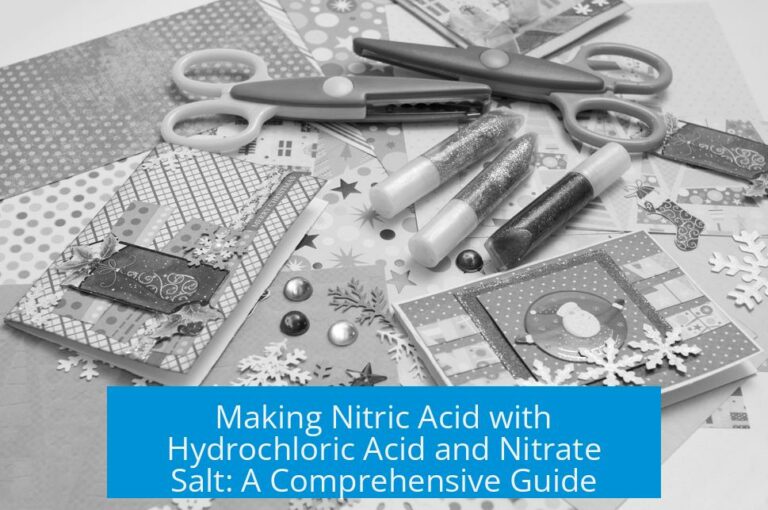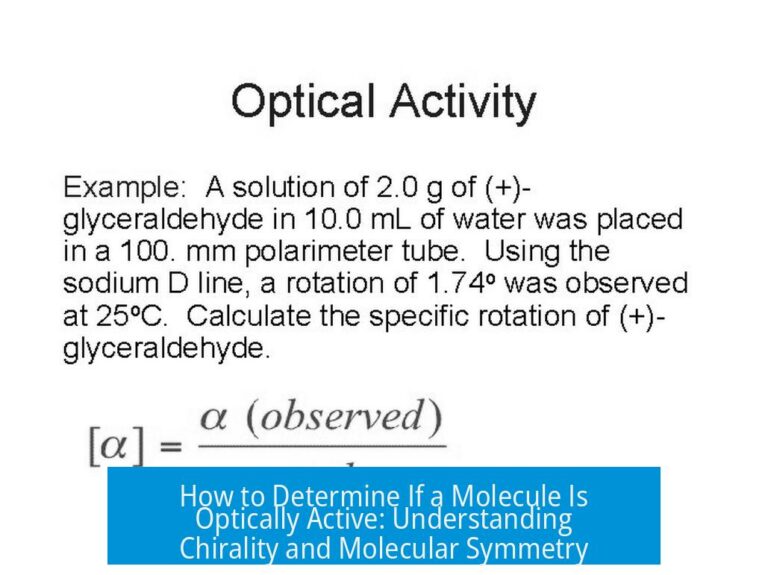Looking for Solid Material That Easily Dissolves in Water
Several solid materials dissolve readily in water, each with distinct properties. Table salt (sodium chloride) and sugar (sucrose) are common examples that dissolve quickly. The rate of dissolution depends on factors such as particle size, porosity, and temperature. Materials like granulated or castor sugar dissolve faster than compact solids due to greater surface area. Specialized materials like polyvinyl alcohol and gallium exhibit unique water interaction properties. Understanding these solids’ characteristics helps select a suitable material for applications requiring rapid dissolution.
Common Solids That Easily Dissolve in Water
Table Salt and Sugar
Table salt and sugar represent the most familiar solids that dissolve in water. Sodium chloride crystals break down into sodium and chloride ions, dispersing evenly when stirred. Sugar dissolves by dispersing sucrose molecules throughout water.
- Table salt is highly soluble, dissolving about 36 g per 100 mL of water at room temperature.
- Sugar’s solubility is approximately 211 g per 100 mL at 25°C, much higher than salt, making it easier to create concentrated solutions.
The dissolution speed depends on the physical form. Granulated salt or sugar dissolves faster than a solid block. Increasing surface area accelerates dissolution.
Granulated and Castor Sugar for Faster Dissolution
Particle size and structural form strongly affect how quickly solids dissolve. Granulated sugar consists of loosely bonded grains, which separate when introduced to water, leading to rapid dissolution.
- Castor sugar, with fine grains, dissolves even faster due to more surface area exposed to water.
- Sugar cubes dissolve slowly because grains are tightly compressed; however, lightly bonding grains result in quicker breakdown.
- Applying a fine mist of water to granulated sugar followed by pressing into a mold creates a fast-dissolving solid that holds shape temporarily.
Porosity also plays a role. A solid that is porous or foam-like allows water to penetrate quickly. This effect is evident in substances like meringue, which dissolves rapidly due to trapped air bubbles.
Porous and Foam-Like Solids
Porous structures enable water to enter and dissolve the material quickly. More empty space within the solid leads to faster dissolution.
- Meringue, mostly air and sugar, dissolves rapidly in water.
- Porous sugar solids or foamed materials dissolve faster than compact solids.
Specialized Solids and Alternatives
Gallium: A Melting Metal
Gallium offers a unique approach. It melts around 29°C, near room temperature, turning from solid to liquid quickly. This physical transition is sometimes called the “disappearing spoon” trick.
- Gallium does not dissolve chemically in water but melts and mixes as a liquid metal.
- It is non-toxic compared to mercury, making it safe for demonstrations.
- Available online, gallium can be reshaped when melted.
Gallium changes form quickly, simulating “disappearance” but does not chemically dissolve in water as salt or sugar do.
Polyvinyl Alcohol (PVA)
PVA is a synthetic polymer that dissolves in water and finds applications in 3D printing as a dissolvable support material.
- The solubility and dissolution rate depend on molecular weight and degree of hydrolysis.
- Used to create temporary structures that dissolve when immersed in water.
- Dissolution speed varies but generally slower than salt or sugar.
PVA is preferred when controlled dissolution is needed within technical applications rather than rapid dissolution for common use.
Epsom Salt (Magnesium Sulfate)
Epsom salt dissolves moderately in water. Solubility depends on temperature.
- High temperatures increase dissolution rate significantly.
- In cold water, Epsom salt is less soluble and dissolves slowly.
This property limits Epsom salt’s use where rapid dissolution at room temperature is necessary.
Caesium
Caesium is a highly reactive metal that reacts violently with water instead of simply dissolving.
- Its interaction leads to formation of caesium hydroxide and hydrogen gas.
- Not suitable as a dissolvable solid material in conventional applications due to extreme reactivity.
Factors Affecting the Rate of Dissolution
Choosing a solid with fast dissolution involves considering multiple factors:
| Factor | Effect on Dissolution |
|---|---|
| Surface Area | Smaller particles or powders dissolve faster than large blocks. |
| Porosity | Porous solids absorb water rapidly, speeding dissolution. |
| Temperature | Warmer water increases the dissolution rate of most solids. |
| Solubility | Materials with high intrinsic solubility dissolve faster. |
| Physical Form | Loose granules dissolve faster than compressed solids. |
Applications and Material Selection
When selecting a solid material for easy dissolution, understand the intended purpose.
- For demonstration of dissolution, table salt or sugar in granulated form is most straightforward.
- For quick physical breakdown, foamed sugar solids or porous structures work better.
- Gallium suits demonstrations involving melting but not true dissolution.
- For industrial or technical uses, polymers like PVA serve as dissolvable supports.
- Consider temperature: some salts dissolve quickly only in warm water.
Summary of Key Points
- Table salt and granulated sugar are typical solids that dissolve quickly in water.
- Particle size and porosity significantly influence dissolution rate; smaller and more porous solids dissolve faster.
- Foam-like or porous sugar structures dissolve rapidly due to abundant surface area and air spaces.
- Gallium melts near room temperature, offering a unique transition but does not chemically dissolve in water.
- Polyvinyl alcohol dissolves slowly and is useful for specialized applications such as 3D printing supports.
- Epsom salt dissolves best at high temperatures, less suitable for fast dissolution in cold water.
- Caesium reacts explosively with water and is not a dissolvable solid in traditional terms.
What solid materials dissolve quickly in water due to their structure?
Porous or foam-like substances dissolve fast because water enters the empty spaces easily. For example, meringue, which is mostly air, dissolves quickly when mixed with water.
Can sugar be shaped and still dissolve fast in water?
Yes, granulated or castor sugar can be sprayed lightly with water and pressed into shapes. These shapes dissolve faster than solid blocks because grains separate quickly once wet.
Is gallium a good solid for easy dissolution in water?
Gallium melts near room temperature, turning from solid to liquid quickly. However, it doesn’t dissolve in water like salt or sugar but rather melts on contact with warmth.
How does Epsom salt’s solubility change with temperature?
Epsom salt dissolves well in hot water but is less soluble in cold water. Temperature affects how fast and how much of it dissolves.
What is polyvinyl alcohol and how is it used regarding dissolution?
Polyvinyl alcohol (PVA) is used in 3D printing as a support material that dissolves in water. Its dissolution speed varies, but it is known for breaking down after printing is done.





Leave a Comment